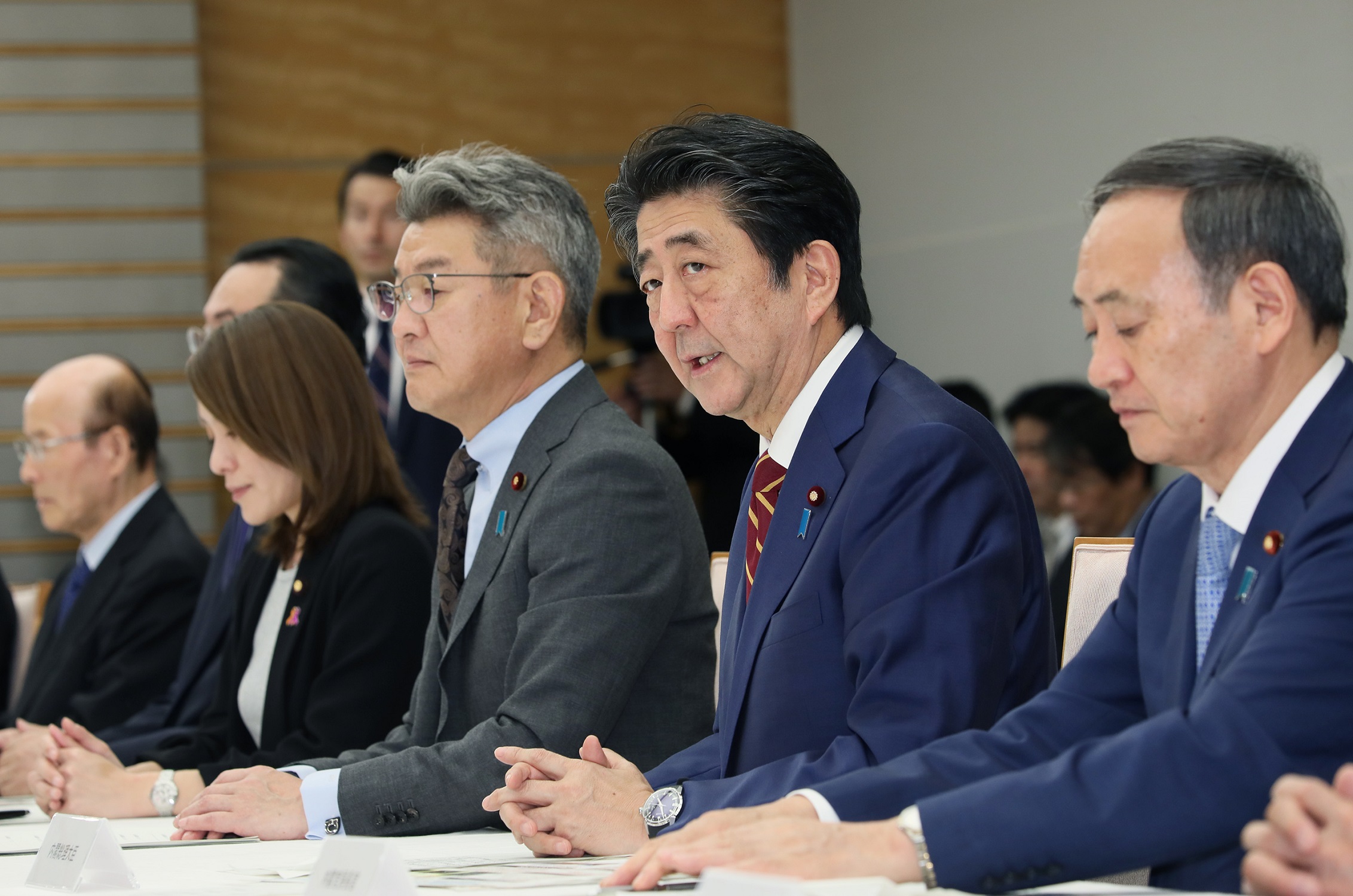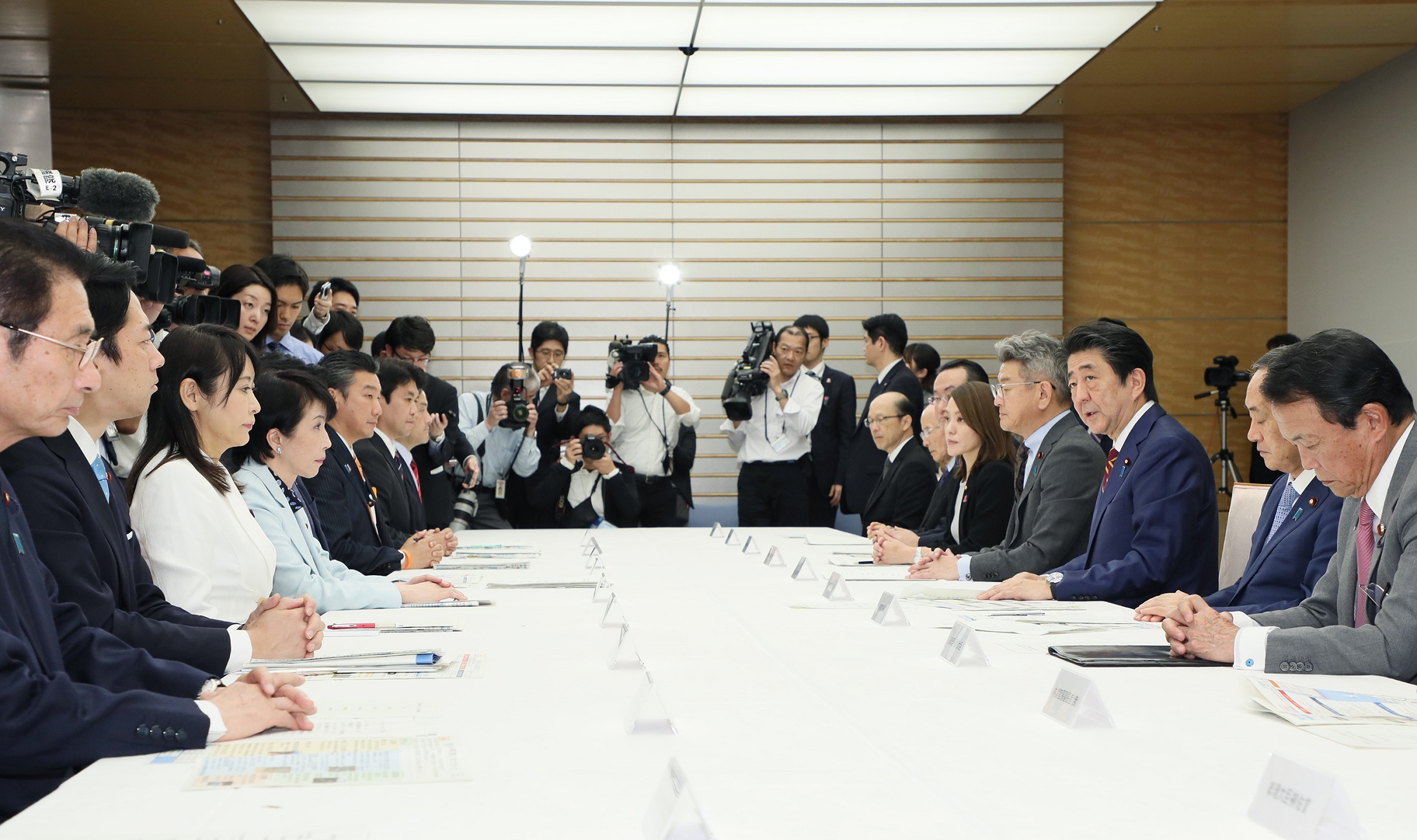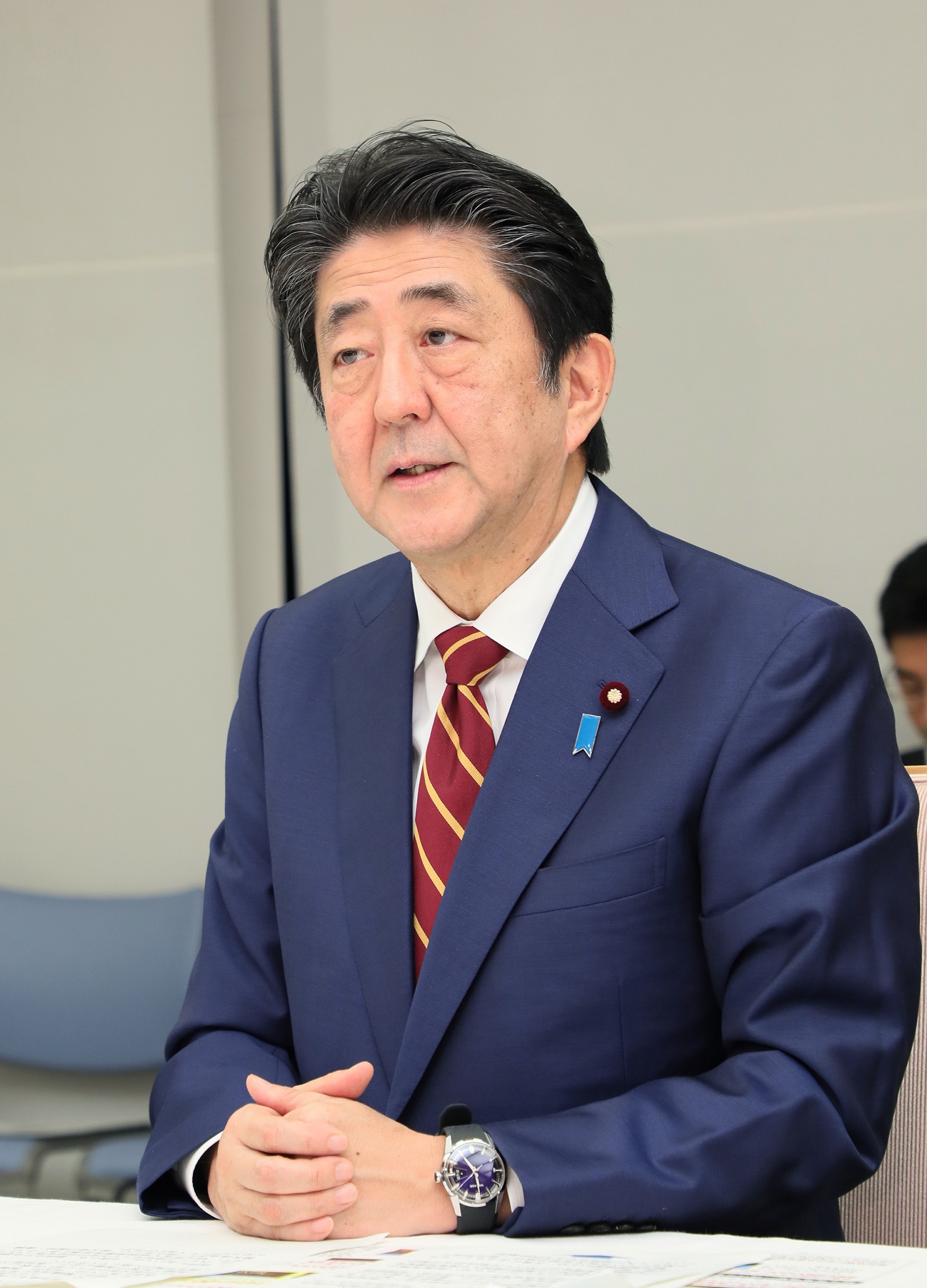Home > News > The Prime Minister in Action > November 2019 > 18th Meeting of the Emergency Response Headquarters for Typhoon No. 19 of 2019
The Prime Minister in Action
18th Meeting of the Emergency Response Headquarters for Typhoon No. 19 of 2019
November 7, 2019
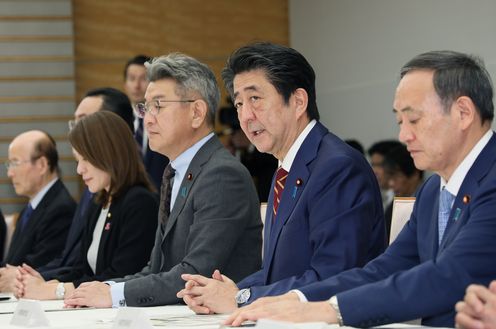
Photograph of the Prime Minister making a statement (1)
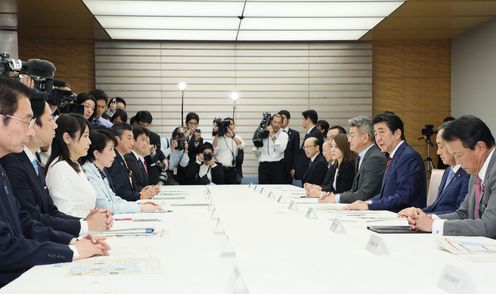
Photograph of the Prime Minister making a statement (2)
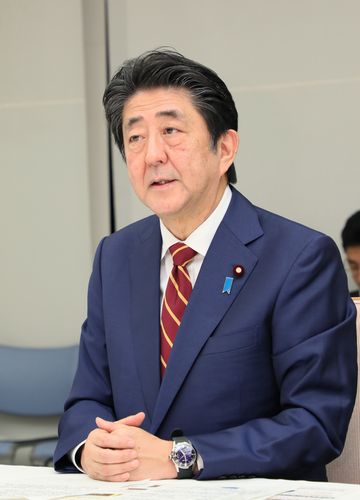
Photograph of the Prime Minister making a statement (3)
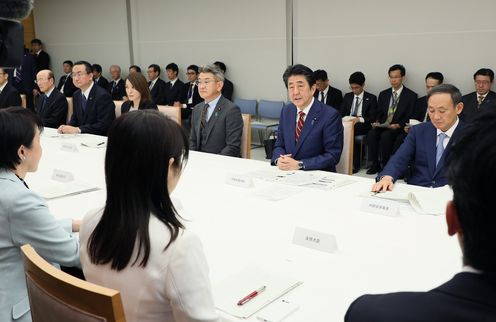
Photograph of the Prime Minister making a statement (4)
[Provisional Translation]
On November 7, 2019, Prime Minister Shinzo Abe held the 18th meeting of the Emergency Response Headquarters for Typhoon No. 19* of 2019 at the Prime Minister’s Office.
Based on the discussion, the Prime Minister said,
“Nearly two months have passed since the disaster caused by Typhoon No. 15**, and nearly one month has passed since Typhoon No. 19*. The series of heavy rains and strong winds took many lives, damaged numerous homes, and caused severe damage to infrastructure, lifelines, local industries, and other sectors across vast areas centered around the Tohoku and Kanto Koshinetsu regions.
Currently, progress is steadily being made in the restoration of community infrastructure and the treatment of disaster waste, with unified and dedicated efforts together with the local governments affected by the disasters. It is necessary to further accelerate attentive efforts, taking into consideration the needs of the affected areas and regional characteristics.
With this in mind, the relevant ministries and agencies have compiled a policy package towards the rebuilding of lives and ‘nariwai’ (occupations and livelihoods that sustain people’s daily lives) in the affected areas, working as one under the Team to Support the Daily Lives of Disaster Victims. Specifically, the package is an emergency measure that firmly meets the requests from local governments and others affected by the disaster, which includes the support for housing reconstruction that meets the needs of those who are affected by the disaster, including making partially-damaged housing, which could affect the residents’ daily lives, eligible for housing support, in addition to securing emergency housing; the removal of the disaster waste, oil and sand in residential areas and towns from the respective sphere of life by the end of this year; securing transportation means for the local residents, including temporary bus services to replace suspended local train services, and support to restore train services affected by the disasters; reach-out support including group subsidies, so that small and medium-sized enterprises can work on resuming business with hope for tomorrow, in particular, the establishment of extensive support mechanisms for business owners who are working on the recovery from the Great East Japan Earthquake; implementation of comprehensive measures that enable farmers, foresters and fishermen to resume business at the earliest date possible, including support for the replanting of damaged fruit trees and the early restoration of broken agricultural machinery; and providing a 5,000 yen discount per person per night to restore demand in the tourism industry.
From the perspective of implementing these measures immediately, as our first measure, a Cabinet decision will be made tomorrow to disburse over 130 billion yen of contingency funds. I would like everyone to keep the disaster victims, who are still facing challenging conditions, in mind, and implement this response package immediately to rebuild daily lives and ‘nariwai’ in the disaster-affected regions. The Government will take all possible measures with a sense of urgency to respond to future issues as they become tangible. By developing seamless budgetary measures, we will work as one with the local governments affected by the disasters, and exert every effort for the recovery and reconstruction of the affected areas.”
*Typhoon Hagibis
**Typhoon Faxai

